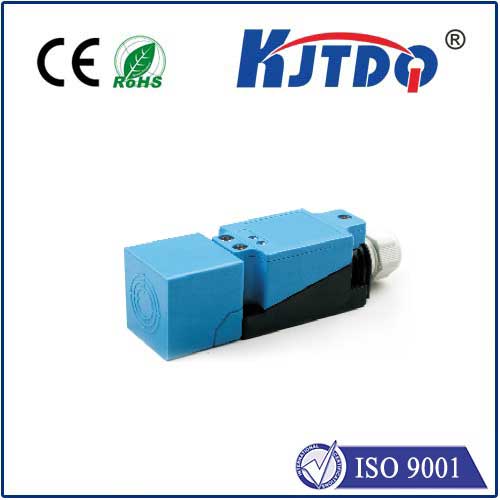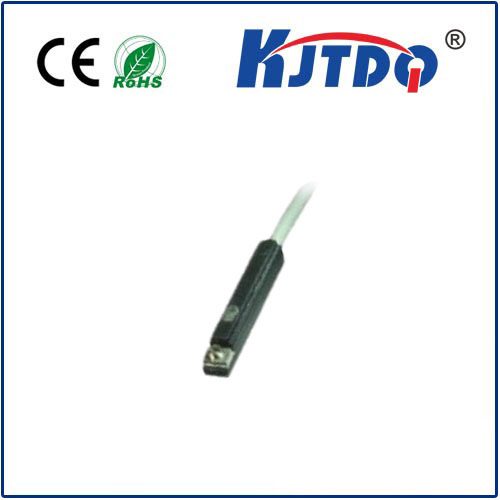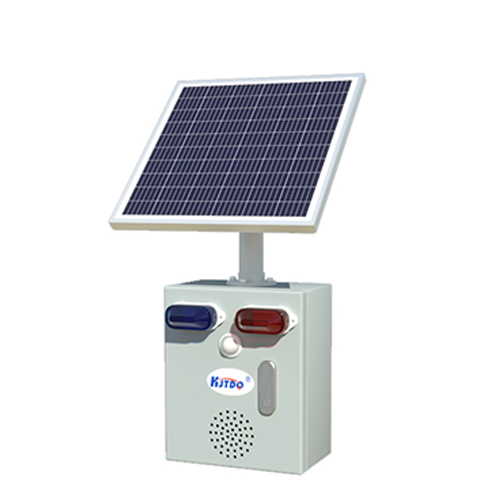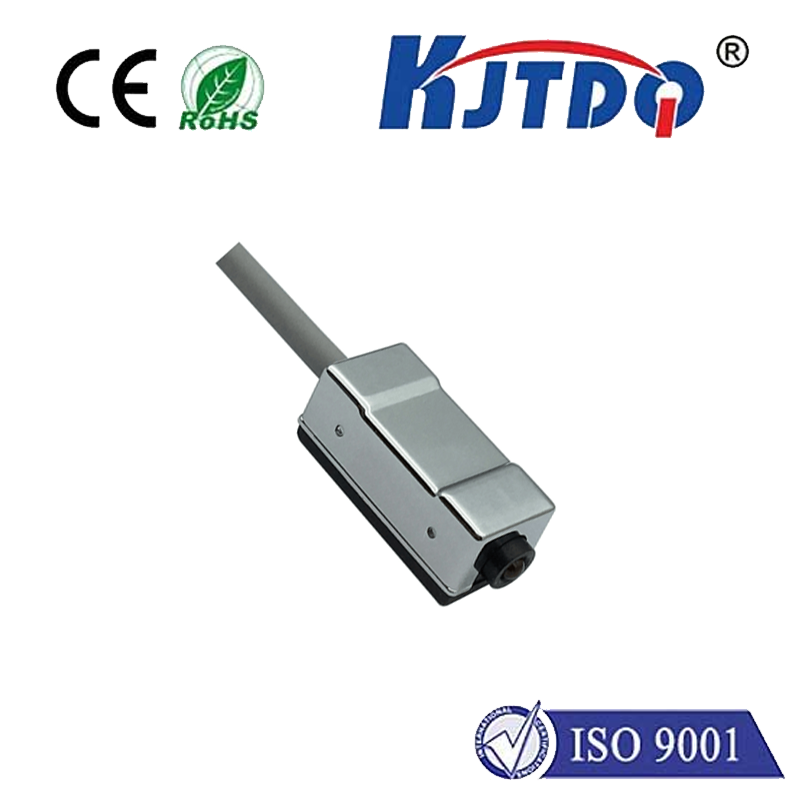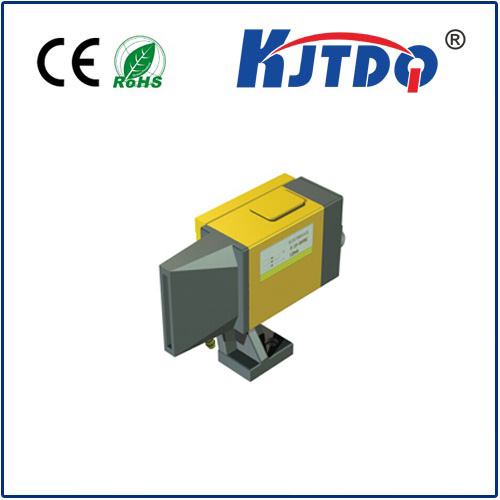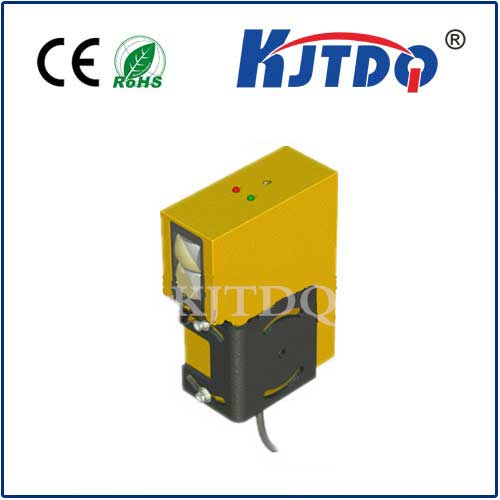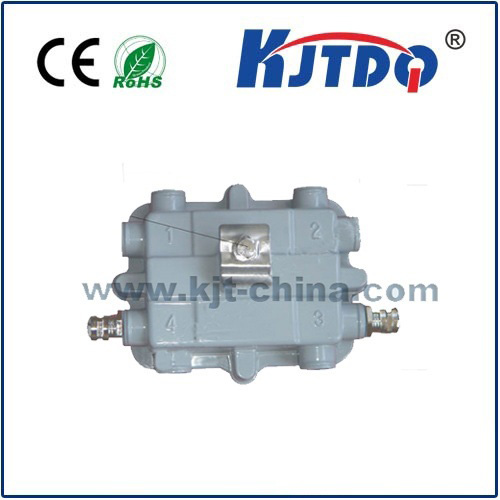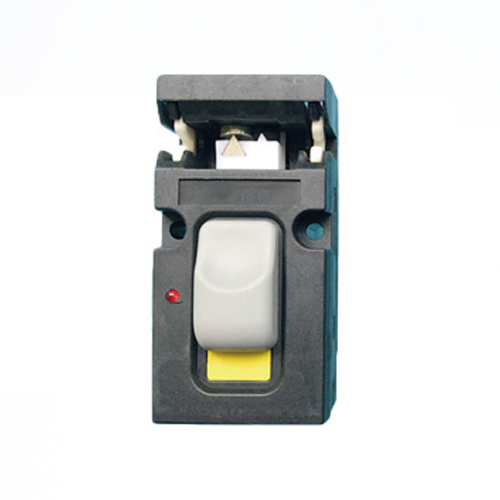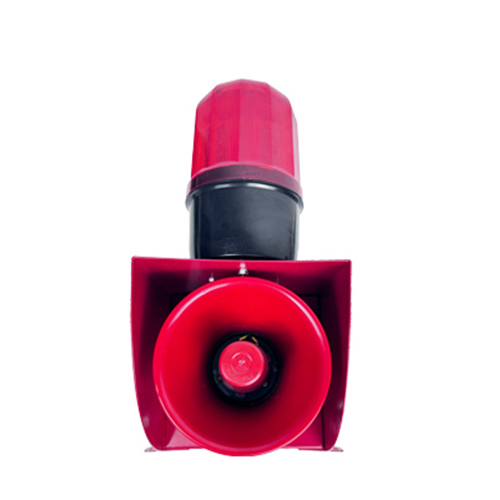

check

check

check

check

check

check

check

check

check

check
In today's technologically advanced world, the concept of sensor proximity coding or SPC has emerged as a game-changer in various industries. This innovative technology is revolutionizing how businesses operate by enabling them to gather and analyze vast amounts of data in real-time.
SPC involves encoding information about the location and characteristics of sensors into the data they collect. This allows for more accurate and efficient tracking of objects or assets within a particular area. It has numerous applications in manufacturing, logistics, healthcare, and even entertainment.
One key benefit of SPC is its ability to improve operational efficiency. With accurate sensor data, companies can quickly identify issues and make necessary adjustments, reducing downtime and improving productivity. Additionally, SPC enables predictive maintenance, allowing for proactive rather than reactive problem-solving.
Furthermore, SPC has the potential to transform supply chain management by providing greater visibility into the movement of goods. By tracking products through the entire supply chain, organizations can optimize their operations and reduce costs.
However, despite these benefits, there are also challenges associated with implementing SPC. One major hurdle is the need for specialized hardware and software. Companies must invest in sophisticated sensors and data analysis tools to fully realize the potential of this technology. Furthermore, ensuring the security and privacy of sensitive data is paramount in an increasingly digital world.
Overall, the impact of coding sensor proximity on modern industry cannot be overstated. As SPC continues to evolve and mature, it has the potential to revolutionize how we live and work.
